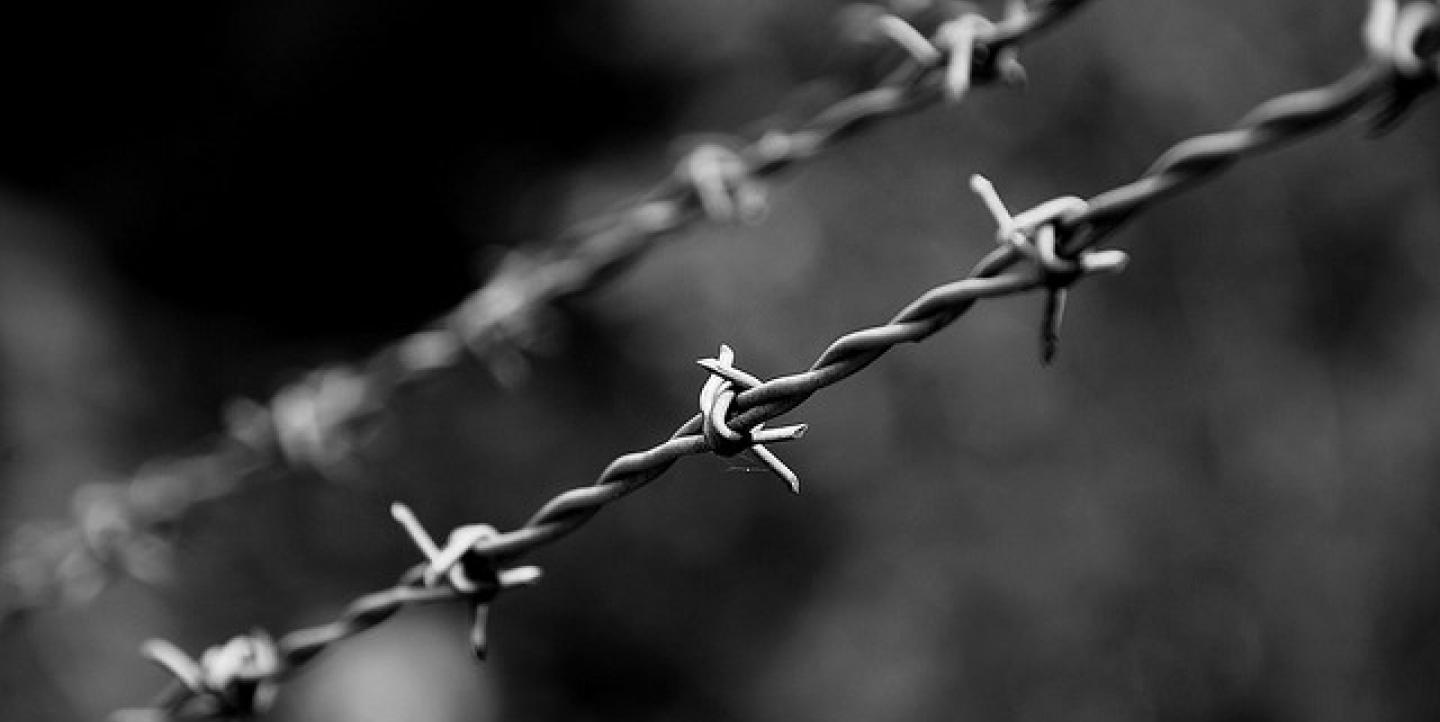In early November, 20 Pakistani media leaders gathered to discuss safety issues in one of the world’s most dangerous countries for journalists. By the end of the three-day workshop in Lahore, they had created a list of guidelines that could help save lives.
As they met for the first session, they received a grim reminder of its importance.
Three days earlier, a gunman on a motorbike shot and killed Zaman Mehsud, a reporter for the Urdu newspaper Daily Umet and SANA news agency. Mehsud was also president of the Tribal Union of Journalists’ South Waziristan chapter and district coordinator for the Human Rights Commission of Pakistan.
"We killed him because he was writing against us,” Taliban commander Qari Saif Ullah Saif told Reuters. “We have some other journalists on our hit list in the region, soon we will target them."
According to Reporters Without Borders, 67 journalists and media workers have been killed in Pakistan between January 2002 and 2014. Five more were killed this year.
Before the Lahore workshop, participants responded to a survey about security habits in their newsrooms. While there was constant concern from media bosses about safety issues, the majority of news operations did not have codified guidelines in place. Workshop participants were encouraged to make safety and security a part of newsroom policy supported by top management.
The workshop was conducted off the record to encourage collaboration among the participating journalists.
Many of the news leaders told of threats and attacks against their news organizations and their staff by the Taliban and other extremists.
“At times we feel helpless,” one newspaper editor explained. “Our journalists are vulnerable on many fronts, yet they continue to do their jobs. We have to pay more attention to their physical safety and mental health. This is not easy for them.”
Drawing from resources of watchdog groups such as the Committee to Protect Journalists (CPJ), the International News Safety Institute and the International Center for Journalists (ICFJ), the media leaders devised safety guidelines that could serve as a model for journalists throughout Pakistan. Strategies most vital for those covering internal conflict and violence included:
- Staff in the field must have designated contacts inside the newsroom and report in periodically. The group discussed using mobile phone apps, such as Reporta, created by the International Women’s Media Foundation, to connect reporters and editors.
- Editors should provide security briefings with staff before they head to risky assignments. One newsroom manager suggested drawing on the experiences of other Pakistani journalists to help map out safety procedures. Balochistan and certain tribal areas are particularly hostile to journalists, for example.
- All journalists should undergo mandatory first aid training and carry first aid kits in the field. A representative of the Pakistani Red Cross met with the group and offered to arrange first aid instruction in their newsrooms.
- News operations should provide training in negotiation skills and guidelines on behavior when state actors, such as intelligence agencies or security officials, confront journalists.
- Journalists must routinely carry contact information for police, hospitals, government officials and newsroom personnel when in conflict zones.
- Staffs are advised to always wear a press badge, dress appropriately and refrain from provoking mobs or individuals. Bottom line: never be aggressive.
- Journalists are encouraged to plan ahead for exit strategies and safety routes when covering bomb blasts, protests or other potentially violent situations.
- Reporters should be encouraged to have their affairs, such as medical and life insurance, in order. During the workshop, participants were provided with copies of risk assessment documents from the Rory Peck Trust to help them devise communication plans and other life-saving strategies.
The group unanimously agreed that reporting teams should be counseled by their bosses to keep a safe distance from danger and not let competition drive them into harm’s way. They agreed on the maxim: “Cover the story. Don’t become it. No story is worth dying for.”
The November program, a collaborative effort between ICFJ and Punjab University, was sponsored by the U.S. Department of State. Sherry Ricchiardi was a lead trainer for the “Workshop for News Media Leaders: Covering Conflict and Journalists Safety,” Lahore, Pakistan.
Main image CC-licensed by Flickr via Nandakumar Subramaniam.


